Are you ready to get the most out of your homeschool planner? As a homeschooling mom of two girls, I’ve learned how to maximize the use of my planner and I want to share those insights with you.
When I first started homeschooling, I was a bit of a planner freak. I purchased several planners (cute ones, printed ones, and blank ones) but I couldn’t find a system that worked for me. I would get excited about the prospects of a new planner (because hey, this will ensure I’m a “good” homeschooling parent, right? ) Unfortunately, after the thrill of the pretty new planner ended, I would drop it all together.
Not only is this wasted money, but it’s also a waste of time and resources.
While I now use the perfect homeschool planner, the key to making it worthwhile is knowing how to put it to good use.
Now you may be one of those people who gets completely overwhelmed by plans and schedules and that’s OKAY! Not all of us are naturally inclined to plans and schedules.
Today I want to lessen your overwhelm to share with you how I incorporate planning into my homeschool (and how I make the most of my homeschool planner).
Are you ready to get the most out of your homeschool planner? Here's how you can maximize the use of your planner, starting today! #homeschooling #homeschoolplanning Click To Tweet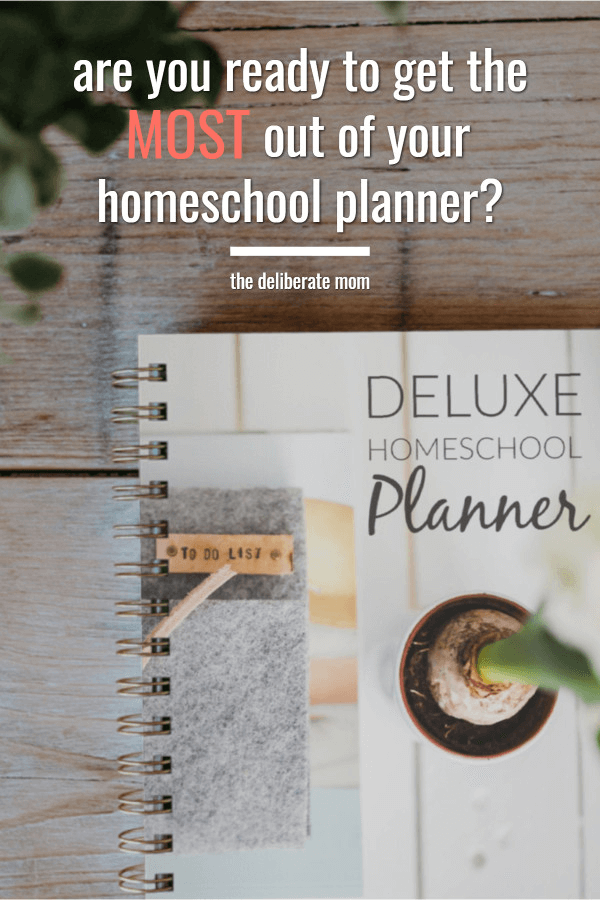
Why should I use a homeschool planner?
There are many reasons why you should use a homeschool planner.
First of all, homeschooling is a responsibility. Most people who have a job know what their job role and expectations are. By using a homeschool planner, you are setting your roles, responsibilities, and expectations for the day.
A homeschool planner is a way to plan, track, and document your child’s learning. It serves as a compass which helps you navigate your way through the school year.
Secondly, a homeschool planner serves as a fabulous way to document what your child has worked on and accomplished throughout the year. Even if you unschool, documentation of learning is a great way to build on and extend your child’s natural interests and explorations.
Moreover, in some regions, government bodies require families to report their children’s progress every year. By tracking your children’s lessons and discoveries in a planner, you have a solid form of documentation to share with educational/government representatives (should it be requested of you).
What kind of planner should I use?
There are so many different homeschool planners to choose from!
From digital planners to printed planners, the possibilities are endless! I use a combination of a printed planner and a digital planner (through Homeschool Panda).
I use a printed planner for goal setting, curriculum assessment, attendance, contact information, and physical education tracking.
Finding a planner that met my unique needs was challenging. After unsuccessfully attempting to use several different printed homeschool planners, I decided to make my own. What I love most about the Deluxe Homeschool Planner is I have a variety of pages that I print out and use throughout the year. There are no wasted spaces, useless pages, etc. The planner is built to meet my family’s needs.
However, I use Homeschool Panda for our day-to-day lesson tracking. I like digital for this purpose because I use a lot of video clips as well as websites in my lessons. With a digital planner, I can include the links right within the lesson. Plus if a lesson goes long and we have to bump something, I simply shift the plan forward, instead of erasing and rewriting plans (which is one of the downsides of a printed planner).
How should I bind my planner?
So let’s say you have a PERFECT planner. How that planner is packaged will have a great impact on your use of the planner.
I have experimented with several different methods to bind my planners and I thought I would share my observations with you.
Using a binder for your homeschool planner
The first method is simply printing out the sheets, hole-punching them, and placing them in a binder. I love the flexibility of this kind of binding system. I can have dividers for each of the sections in the binder and can print out sheets as we go through the year (I don’t need to print everything before we actually start our first day of the homeschool year). However, I find a binder as a planner to be very clunky and cumbersome.
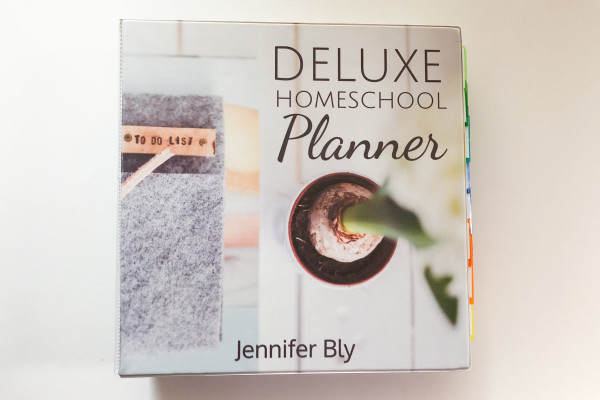
Coil bound homeschool planners
The second method is to print and layout all the sheets you want for your planner, then bring them to a printer or an office store to get them coil bound. I love how portable coil binding is. I like to have only one page open at a time, so having the flexibility to fold pages around to the back of the book is a huge bonus! For an extra cost, you can ask the printer to insert dividers into your coil bound planner too.
Unfortunately with this method of binding, you need to know EXACTLY which pages you want to use (and how many of each) on the outset of the year. In addition, there’s no flexibility of adding additional pages after your planner is bound.
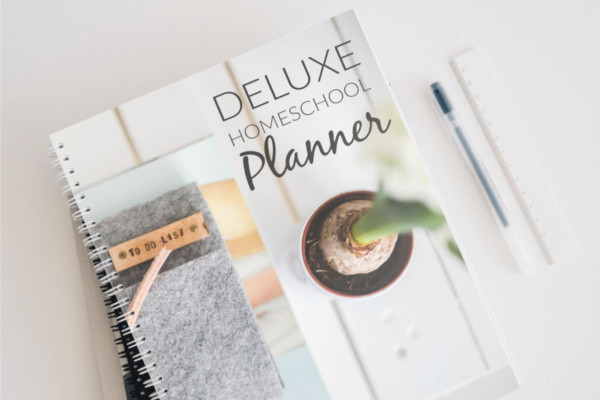
Book bound homeschool planners
The third method is book bound. I’ve tried a few book-style planners and to be perfectly honest, I absolutely detest this style of planner. I find books to be very rigid. Also, quite often the margins are unusable (I like to utilize every space of my planning sheets). I’ve also heard that book bound planners are especially annoying for left-handed individuals.
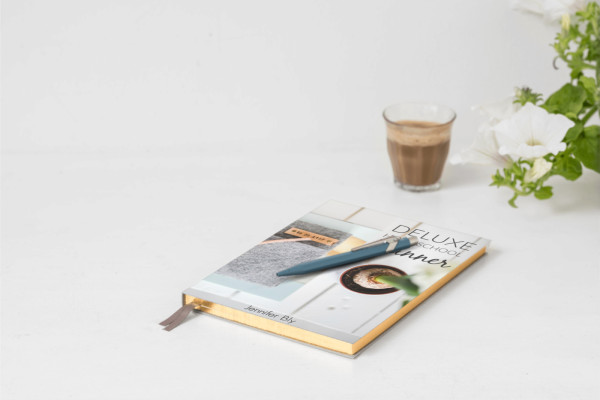
Disc binding for homeschool planners
The last (and my favourite) method of binding a homeschool planner is to use disc binding. Discs usually come in a one and a half inch size and one inch size, so your planner can be adjusted to your preferred thickness. You will need to purchase discs and the disc punching system for your planner – but I find it well worth the initial investment.
What I love about disc bound planners is they have the flexibility of a binder (you can add and take out pages with ease) but they have the portability of a coil planner (with a smaller footprint too). Also, dividers can be added into a disc bound system as well. This makes it easy and quick to flip to the section you need.
The pages of a disc bound planner can be fragile if you’re rough when flipping them. This is the negative side of this type of binding system but it doesn’t deter me from using a disc-bound planner.
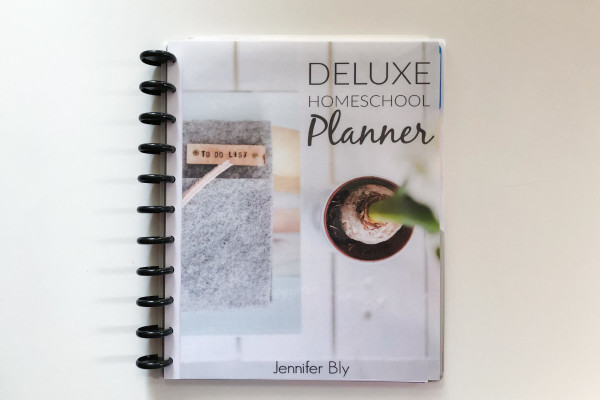
How should I organize my homeschool planner?
If you want to maximize the use of your homeschool planner, then it’s vital that you include the pages that you will use the most (and include them in an order that makes the most sense to you).
I have my printed planner organized in the following manner:
- cover
- attendance log
- goals sheet
- quarterly goals/focus sheet
- month at a glance sheet / calendar
- four or five weekly planning sheets (I don’t write my plans into these sheets, I use Homeschool Panda for that) but rather I write any spontaneous activities, notes, and observations on these sheets.
- a physical education log for the month
- a book log for the month
I repeat the month at a glance and planning sheets rotation until it’s time to add the next quarterly goals/focus sheet.
At the end of my planner I have a space for documentation items such as:
- grading sheets
- passwords list
- contacts
- to-do lists
When should I write in my planner?
If you want to use your homeschool planner often, then I recommend assigning some key times to write in your planner:
- when you’re planning lessons
- weekly
- daily
- at the beginning and the end of the year
WRITE IN YOUR PLANNER WHENEVER YOU’RE PLANNING LESSONS
Prior to the start of the homeschool year, I do a simple, broad plan. At this time I determine the rhythm and flow of our days and lessons.
After that, I like to plan my lessons in 6 week blocks. By doing this, I have frequent opportunities throughout the year to assess our homeschool and the curriculum we’re using.
I once planned our whole year in advance only to discover after five weeks in that I wanted to swap out a couple different curriculum. All the work I put into drafting up those curriculum lessons was wasted! With smaller blocks planned, there’s less remorse if you have to omit something.
USE YOUR PLANNER WEEKLY
Every Friday I like to take some time to reflect on the previous week and also look at the week ahead. I like to make a list of supplies for the following week as well as a to-do list.
WRITE IN YOUR PLANNER DAILY (ON “SCHOOL” DAYS)
Take the time to record attendance, document your children’s activities for the day, log the books you’ve read, and write down any physical education activities. Simple, well-thought out planner sheets make this process easy for even the busiest homeschool parent.
WRITE IN YOUR PLANNER AT THE BEGINNING AND THE END OF THE YEAR
It’s important to take the time at the beginning of the year to document your goals and learning objectives. Also use this time to map out a broad plan for the year (I love my quarterly planner sheets for this)!
At the end of the year, reflect on your goals and objectives. Involve your child in the process of assessing the curriculum you used, and set goals for the following school year.
As a bonus tip, I highly recommend using erasable gel pens to write in your homeschool planner. You’ll get the beautiful of writing with a gorgeous gel pen but the flexibility of erasing if you make mistakes!
Napoleon Hill once said, “Plan your work and work your plan.” This is your chance to do exactly that!
If you have a planner and need to start putting it to good use, I encourage you to join the 5-day homeschool planning email challenge. Start your days with a clear vision and purpose. Sign-up for the homeschool planning series today!







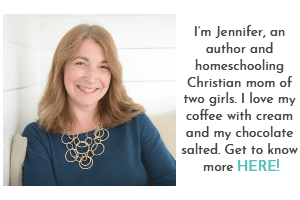
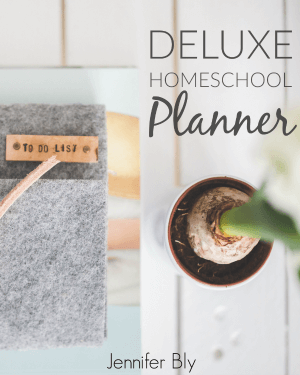
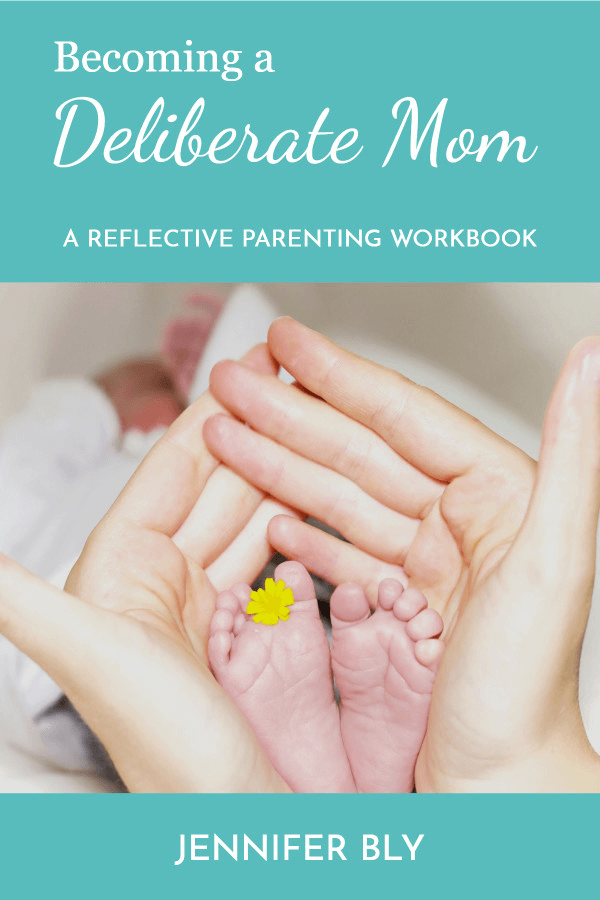
Thank you for this! I am starting K5 for my son and I’m freaking out. I am a Happy planner babe and I love their planners but the Teacher planner drives me nuts in the layout but I like the idea of both digital and physical. i just got done telling my husband about needing a tangible planner to write the things we did down. but also something for the tablet i have as well. I’m excited about the homeschool panda site!